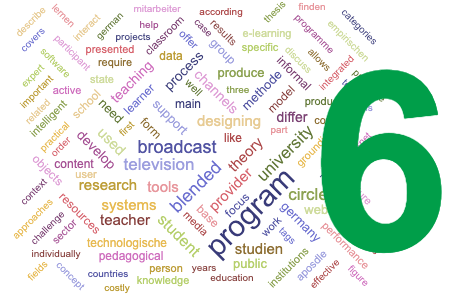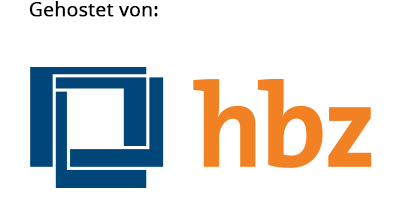Performance of Blended Learning in University Teaching: Determinants and Challenges
Schlagworte:
blended learning, e-learning, higher education, university teaching, integration of blended learning, performance of blended learning, hybrid conceptsAbstract
Blended learning as a combination of classroom teaching and e-learning has become a widely represented standard in employee and management development of companies. The exploratory survey “Blended Learning@University” conducted in 2008 investigated the integration of blended learning in higher education. The results of the survey show that the majority of participating academic teachers use blended learning in single courses, but not as a program of study and thus do not exploit the core performance potential of blended learning. According to the study, the main driver of blended learning performance is its embeddedness in higher education. Integrated blended programs of study deliver the best results. In blended learning, learning infrastructure (in terms of software, culture, skills, funding, content providing, etc.) does not play the role of a performance driver but serves as an enabler for blended learning.Downloads
Veröffentlicht
2010-07-30
Ausgabe
Rubrik
Beiträge



